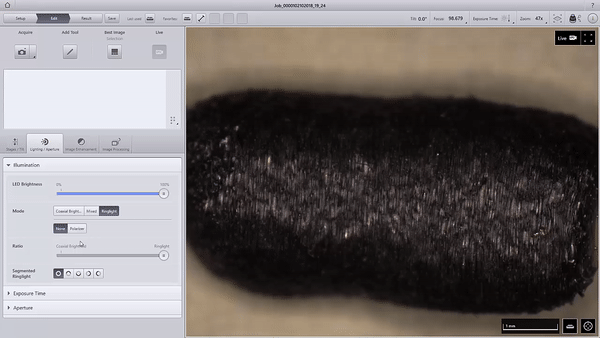

Active variable-stiffness fibers
Actuation and stiffness-changing are entwined together to form active variable-stiffness (AVS) fibers. Shape-memory-alloy actuators (Nitinol) are programmed to contract into a tight helix when heated above their transition temperature. Variable-stiffness fibers consist of a heating wire coated with a thermoplastic; when heated above its glass-transition temperature, the polymer softens. By combining these two functions together, the fibers can perform move-and-hold operations which can allow for lower energy requirements for robotic applications. Moreover, their fiber-like form allows them to be integrated into fabric substrates to extend its utility from 1D to 2D planar substrates that can then be wrapped around 3D soft passive structures.
M.C. Yuen*, R.A. Bilodeau*, R.K. Kramer. "Active Variable Stiffness Fibers for Multifunctional Robotic Fabric." IEEE Robotics and Automation Letters, Vol. 1, No. 2, pp. 708-715, 2016.
*co-first author
Solid-liquid phase-changing particles embedded into polymer matrices





Field’s metal has a melting point of 62C, allowing access to solid-liquid phase transition near room temperature. Particles of Field’s metal were mixed into epoxy, which softens when heated above its glass-transition temperature, and silicone elastomer, which can stretch to >500% strain. In the FMEpoxy composite, the Field’s metal particles expanded the range of stiffnesses traversed by the material - allowing for higher load-bearing capacity without sacrificing softness at the other end of the spectrum. In the FMSi composite, the solid-liquid phase transition was leveraged to perform stretch-and-hold operations by cycling through heating to melt the particles, deforming the composite, and cooling to hold the new shape.
M. C. Yuen*, T. L. Buckner*, S. Y. Kim, and R. Kramer‐Bottiglio, “Enhanced Variable Stiffness and Variable Stretchability Enabled by Phase-Changing Particulate Additives,” Advanced Functional Materials, vol. 29, no. 50, p. 1903368, Nov. 2019.
*co-first author




Shape memory silicone using Field’s metal particles
A deeper dive into FMSi. This work explores additional applications of stretch-and-hold operations using Field’s metal silicone composites.
T. L. Buckner, M. C. Yuen, and R. Kramer-Bottiglio, “Shape Memory Silicone Using Phase-Changing Inclusions,” in 2020 3rd IEEE International Conference on Soft Robotics (RoboSoft), May 2020, pp. 259–265.
